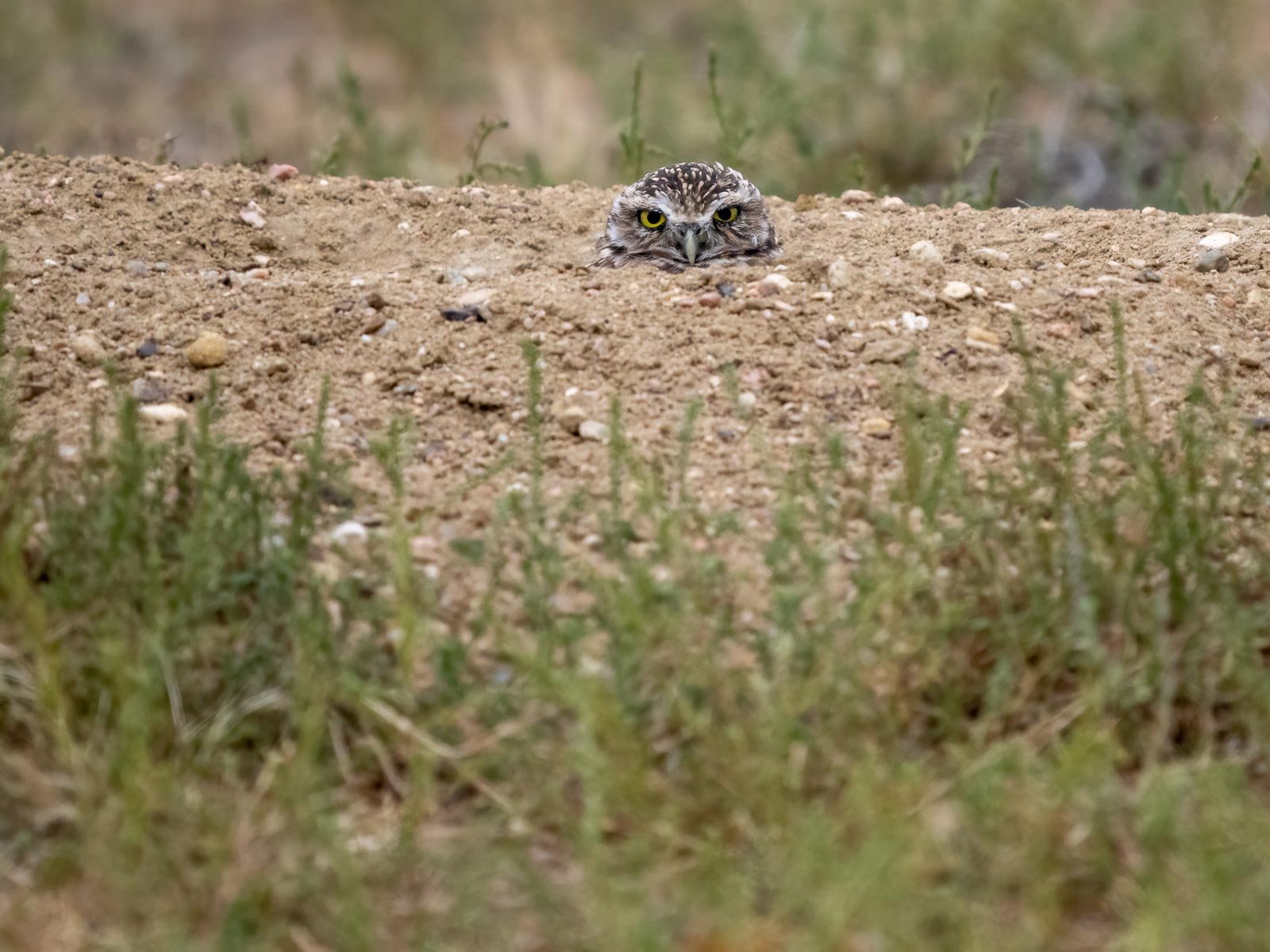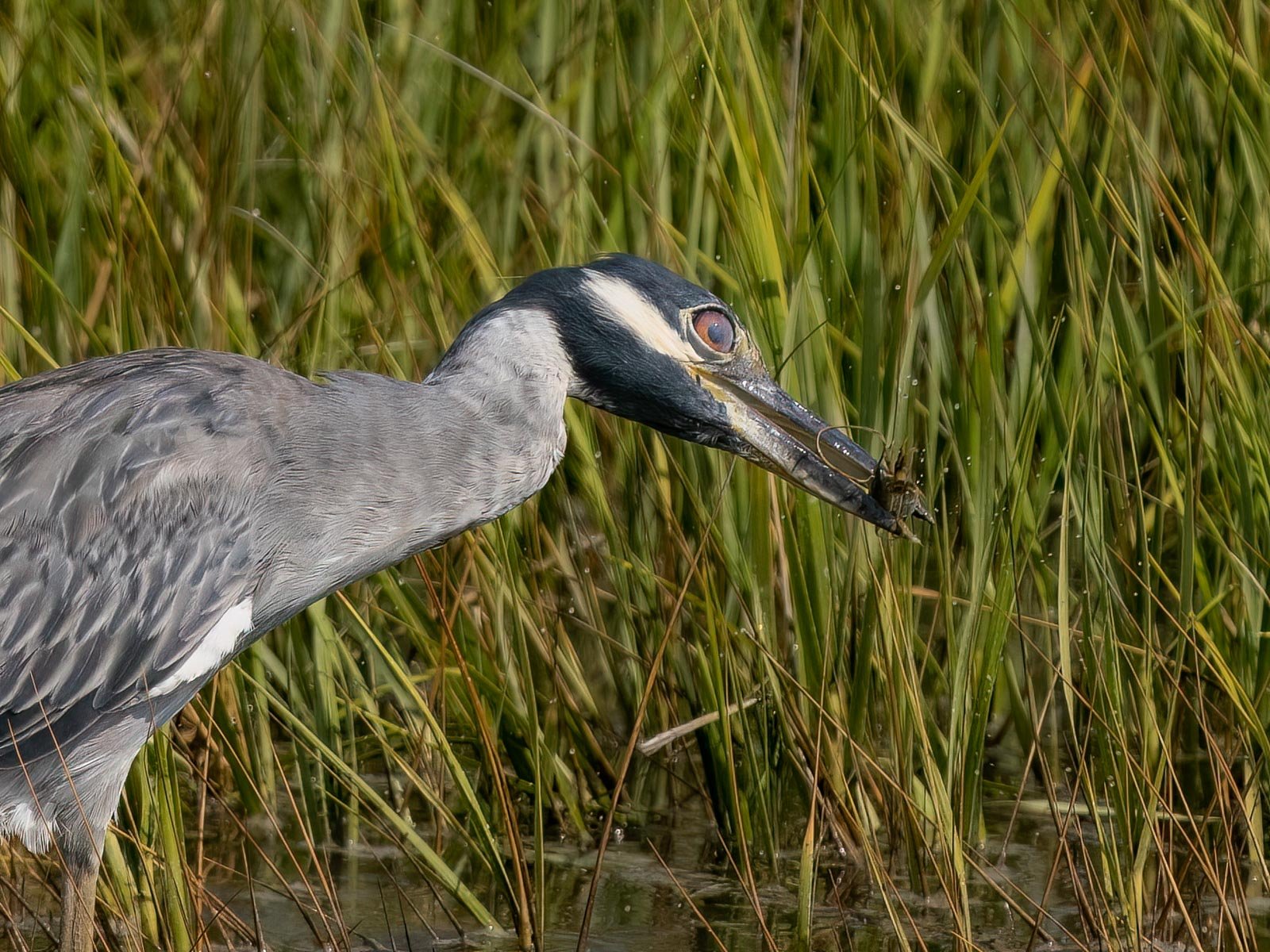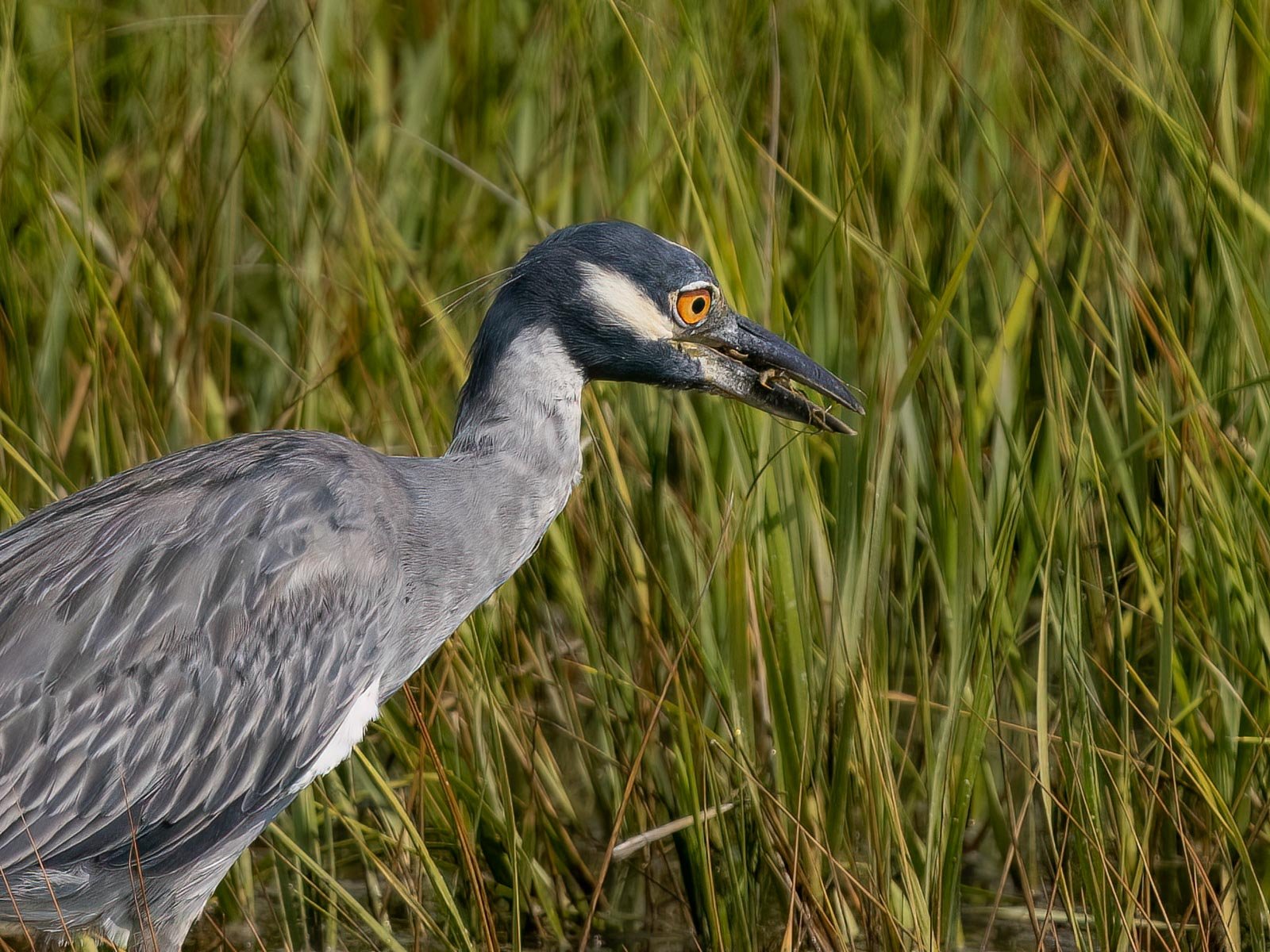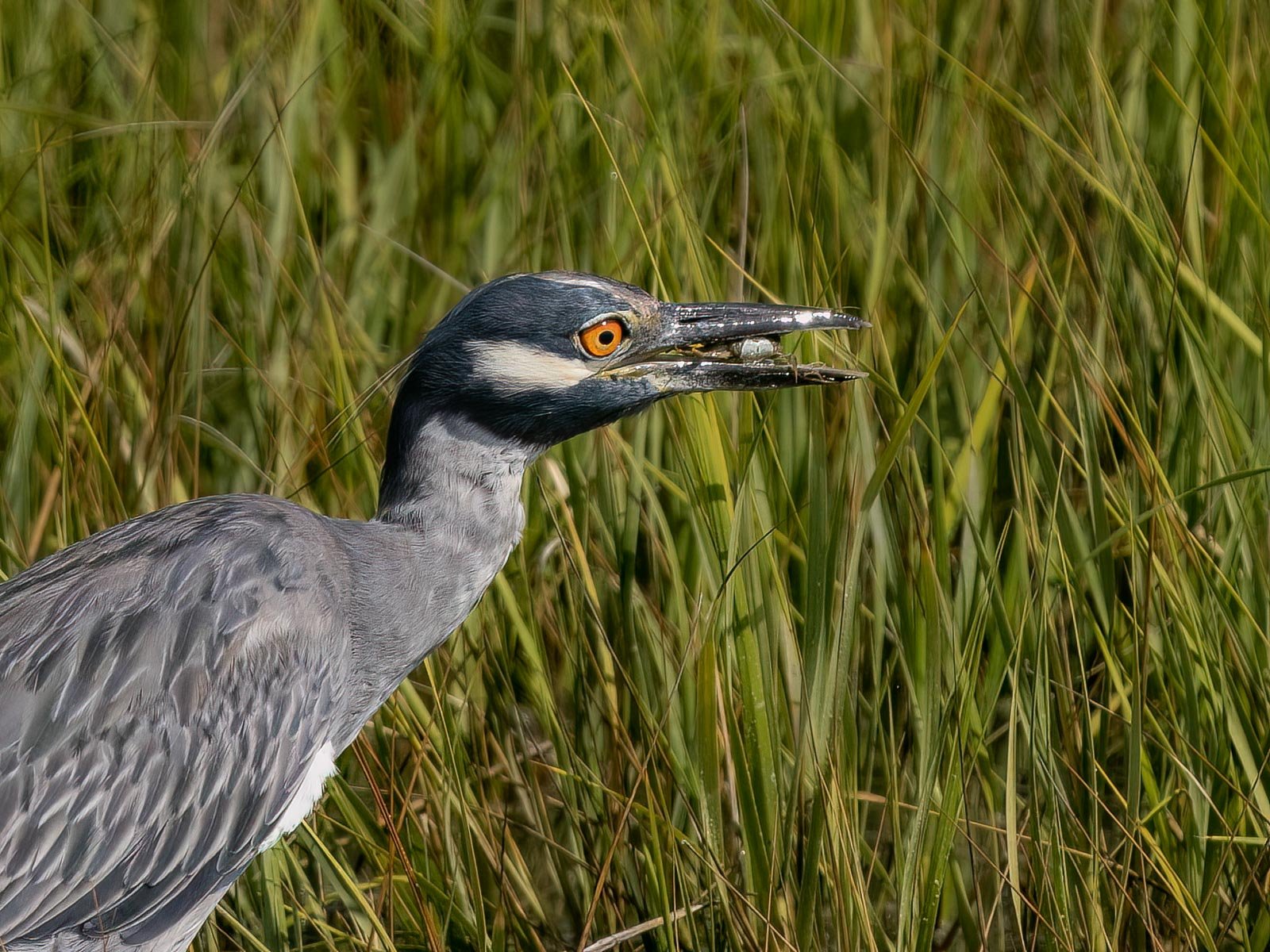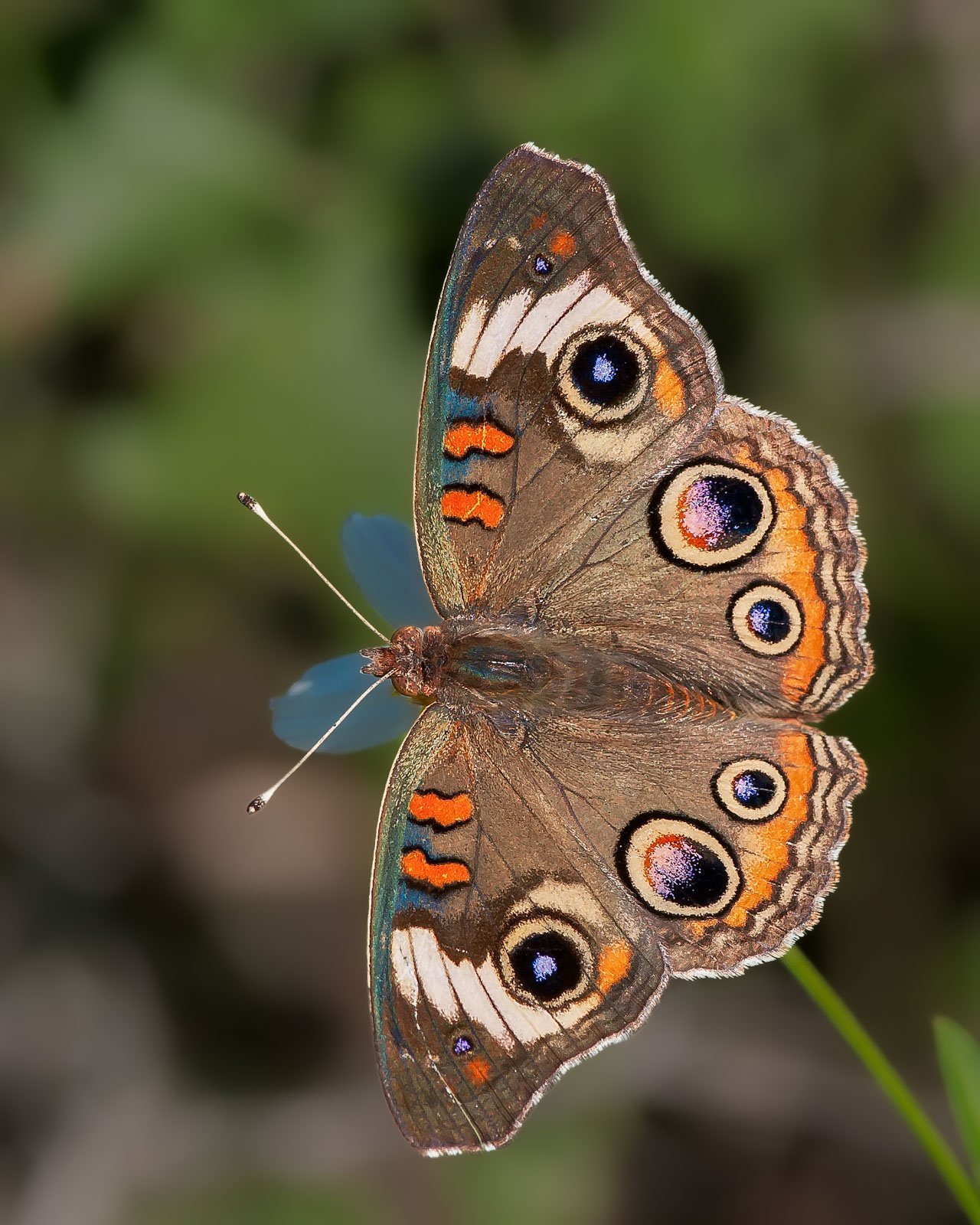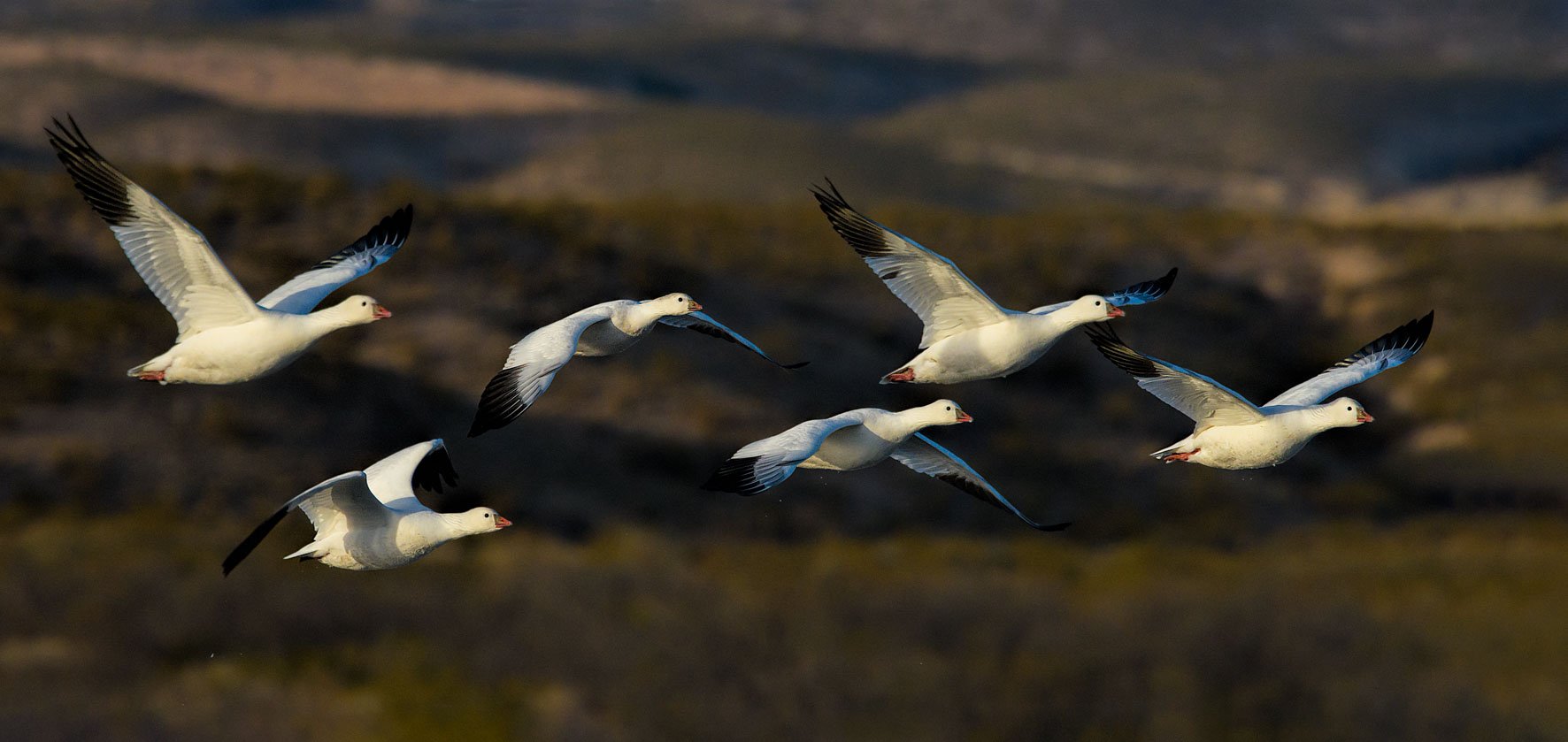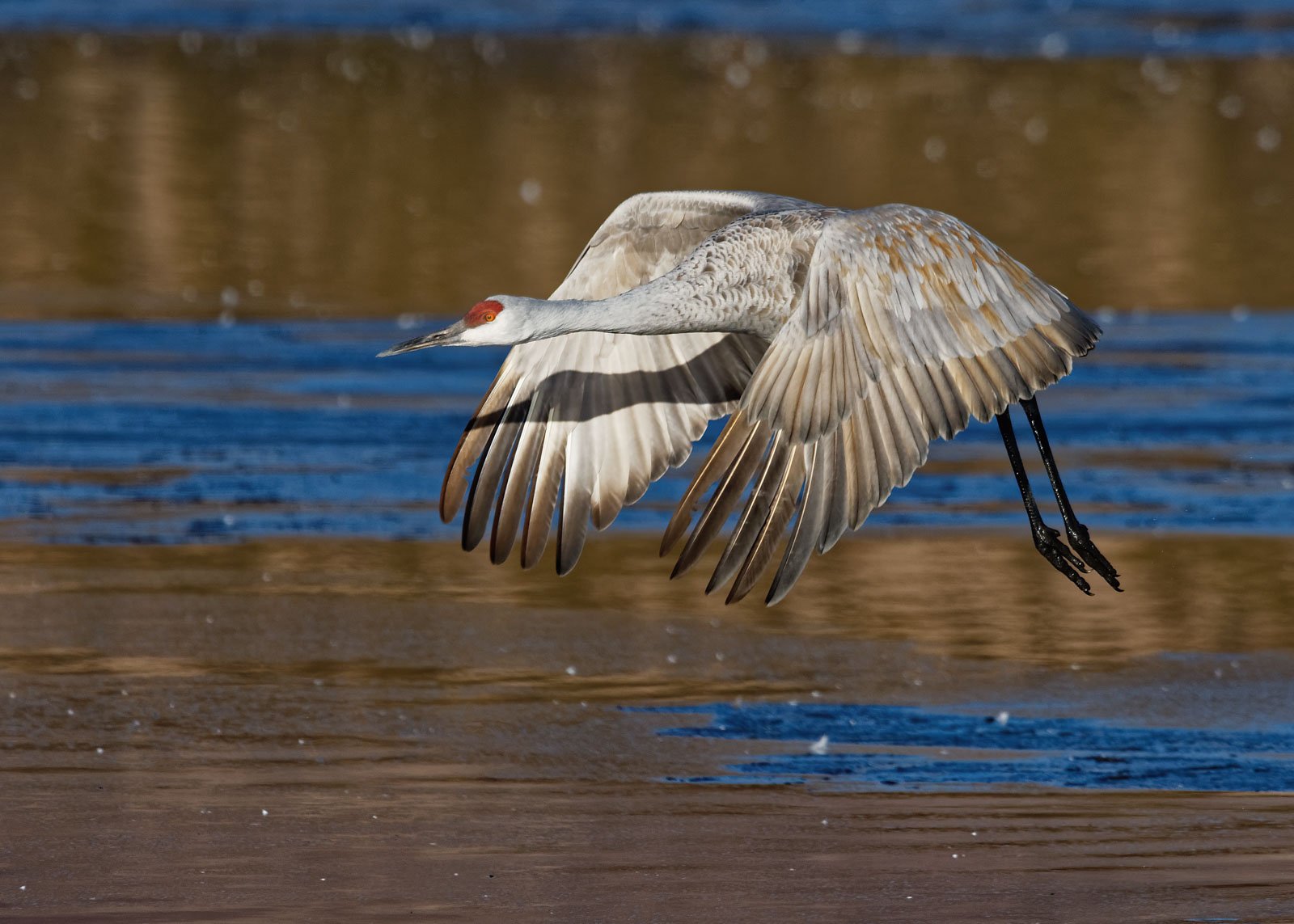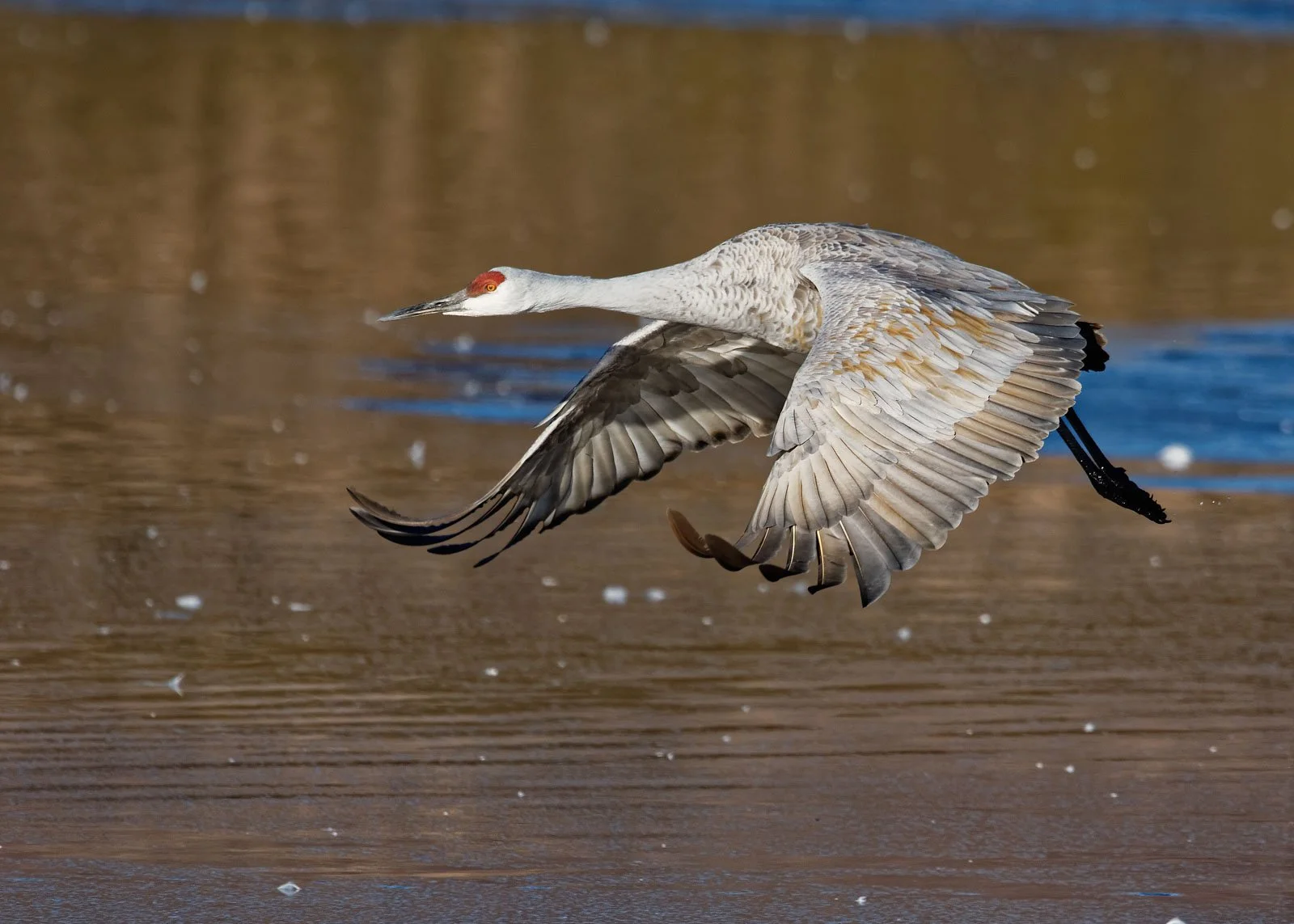Merritt Island NWR (Titusville, FL) December 9, 2022
/I arrived at the entrance to the Black Point Wildlife Drive about 30 minutes before sunrise. On visits earlier in the week, I had noted that Roseate Spoonbills and other wading birds sometimes spend the night at the pool of water near the entrance. When I arrived on this morning, not as many birds were there as I had observed previously, and many of the ones present flew to other locations during the pre-sunrise low light levels.
High ISO, low shutter speed image of some of the birds at the pool near the entrance to the wildlife drive.
As the sun reached the top of the trees behind the pool of water, the reflection of the trees was brighter than the image and reflection of the out of focus Reddish Egret.
When the sun was a little higher, the light on the Roseate Spoonbills produced dramatic images . . .
and it was easier to get good focus on the darker, now actively feeding, Reddish Egret.
Another example.
This Merritt Island trio was the visual equivalent of music to my ears.
Now approximately 20 minutes after sunrise, as illustrated in this and the following four photos, most of the birds begin to leave the pool near the entrance to the wildlife drive.
This Wilson’s Snipe, and a yellowlegs continued to feed on the distant perimeter of the pool after the larger wading birds departed.
An uncropped image of two Wilson’s Snipe and their refections captured with the OM-1 camera and the 150-400 mm lens with the built-in 1.25 teleconverter engaged. I was unaware of the out of focus bird in fight when taking the shot.

